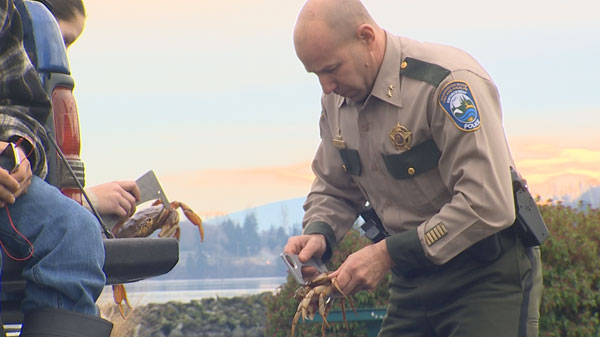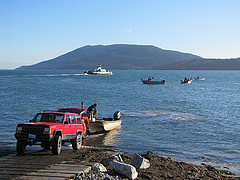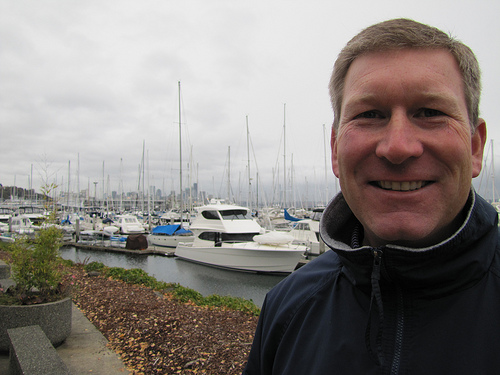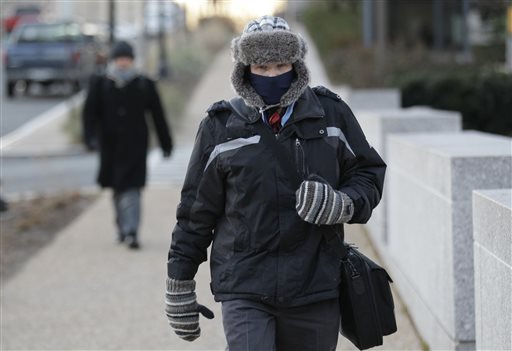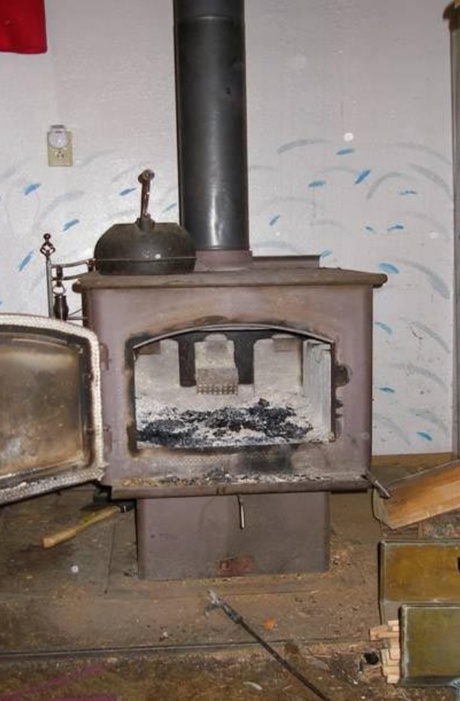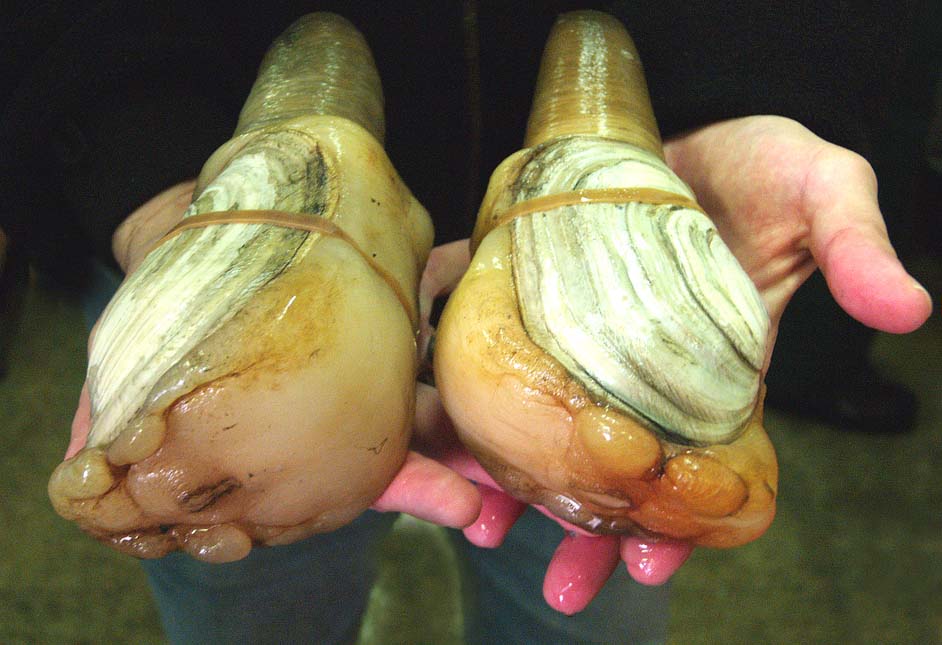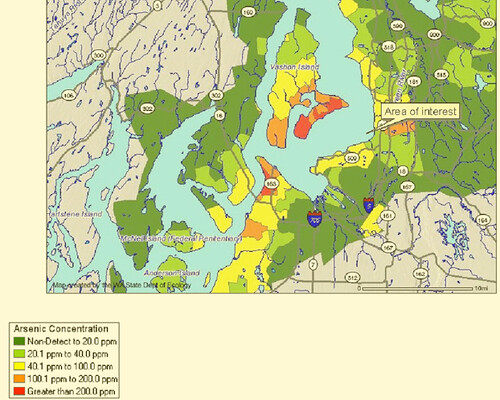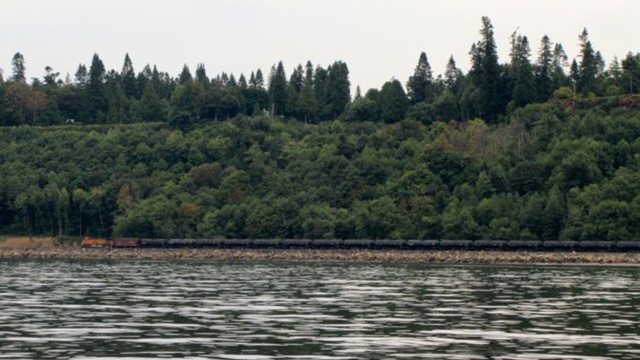Four disasters in the past six months have demonstrated the risks of crude-oil trains, which carry 11 percent of the nation’s oil, up 40-fold in five years.
By David Shaffer and Kelly Smith (Minneapolis) Star Tribune
MINNEAPOLIS — Oil-train explosions like the one last week near Casselton, N.D., or the one in Canada late Tuesday have revived longstanding worries that older railroad tank cars aren’t sturdy enough.
Four derailments in the past six months have demonstrated the risks of crude-oil trains, which carry 11 percent of the nation’s oil, up 40-fold in five years, according to the Association of American Railroads.
“There is an increased interest … to look at tank cars and whether we can do more to remove the risk,” said Thomas Simpson, president of the Railway Supply Institute, a trade group for tank-car builders and owners.
North Dakota, lacking sufficient pipelines, sends more than two-thirds of its crude down the tracks, typically on 100-car unit trains. Many travel on BNSF Railway and Canadian Pacific tracks through Minnesota. Minnesota’s 20 ethanol plants also rely heavily on tank cars because current pipelines are unsuitable for that fuel.
Yet most of the nation’s 94,000 rail tankers carrying oil, ethanol and other flammable liquids don’t meet puncture-resistance and other standards that apply to new tank cars. Railcar and shipping-industry officials say it could take a decade and cost billions to retrofit up to 64,000 older tankers that carry flammable liquids.
Federal regulators are considering whether to require it.
“It is a challenge, but it is doable,” said Larry Mann, a Washington-based rail-safety attorney.
In 2011, railroads and shippers voluntarily established tougher standards for new tank cars, and more than 14,000 are on the rails today. That’s about 15 percent of the tankers carrying oil, ethanol and other flammable liquids. Most of the remainder are older models with a record of tank failures in accidents since 1991, according to the National Transportation Safety Board (NTSB).
The safety of railcars, among other things, is playing a role in the continuing debate about the proposal to build more oil terminals in Washington state.
Railroad groups said in November they support upgrading the old tanker fleet, but the cost would fall on shippers because they own or lease the tank cars. Oil and ethanol shippers haven’t warmed to that idea, and say railroads need to do more to prevent derailments.
“The ethanol industry takes safety very seriously, but we don’t re-engineer vehicles already on the road with new, expensive suspension systems to combat any potential damage from hitting a pothole on the interstate. No, we fix the pothole. The same should be true with rail transportation,” Bob Dinneen, chief executive of the Renewable Fuels Association, an ethanol-trade group, said via email.
The American Petroleum Institute, an oil-industry trade group, told regulators in December that the retrofits only would be costly and take years, and would add weight to trains. It urged regulators to study the costs and benefits before imposing a regulation and to order railroads to improve tracks and take other steps to reduce derailments.
BNSF Railway, whose train crashed Dec. 30 in North Dakota, declined to comment for this article. Canadian Pacific, a crude-oil hauler whose U.S. headquarters is in Minneapolis, said it is always working with federal regulators and others to promote safety, but would not comment in detail.
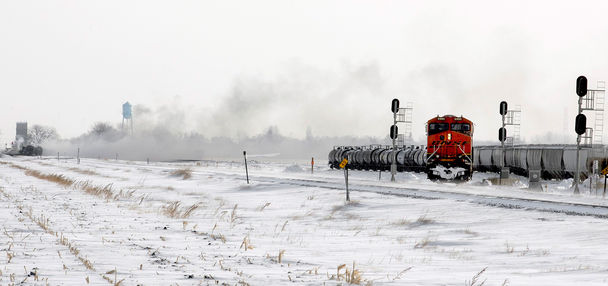
A train carrying crude oil derailed and exploded in Casselton, N.D., on Dec. 30 and sent a great fireball and plumes of black smoke skyward. The fire continued to burn the next day.
Logistics of retrofitting
Even if federal regulators order tank-car upgrades or other measures, the new rules likely wouldn’t take effect for at least a year. “It is just a complicated issue that has taken time,” said Gordon Delcambre Jr., a spokesman for the U.S. Pipeline and Hazardous Materials Safety Administration, which is considering new regulations.
Train-car repair shops probably would need 10 years to retrofit every tank car. “There’s a finite number of facilities that can do the work,” said Simpson, of the Railway Supply Institute, which supports improving older tank cars, but questions whether all proposed modifications are feasible.
Some tank cars might be retired or shifted to carry nonflammable products. So the potential cost of upgrading the nation’s tanker fleet could range from $1.7 billion to more than $5 billion.
After the recent oil-train wrecks, more people are demanding action in the United States and Canada.
In July, 47 people died in Lac-Mégantic, Quebec, in the first disaster involving a North Dakota oil train. Four months later, in Aliceville, Ala., another oil train exploded and burned, but nobody was hurt. In 2009, a deadly ethanol-train derailment and fire in Cherry Valley, Ill., prompted the NTSB to issue specific recommendations to upgrade the nation’s tanker fleet.
Mann, who represents unions and others on rail-safety issues, said all the recent oil-train explosions involved tank cars built before 2011, a model known in the industry as the DOT-111.
In Coon Rapids, Minn., which is crossed by two rail lines, city leaders in December petitioned federal regulators to get started on the tank-car upgrades. The city’s resolution stemmed from a National League of Cities conference last year in which cities, especially Chicago suburbs, discussed railcar safety.
“The concern is the integrity of the tank cars — are they inspected and structurally sound?” said Coon Rapids City Manager Steve Gatlin.
The older DOT-111 cars have a steel shell that is too thin to resist punctures in accidents, and the ends of the car are vulnerable to ruptures. Valves used for unloading and other exposed fittings on the tops of the tankers can also break during rollovers, the NTSB said.
Tank cars built since Oct. 1, 2011, are required to comply with tougher standards, including shells with thicker steel.
U.S. Sen. Chuck Schumer, D-N.Y., has called for retrofitting the nation’s tanker fleet. In Minnesota, Rep. Tim Walz, a member of the House Transportation Committee, said he hopes the committee will examine the issue.
“It was incredibly lucky that no one was harmed in the accident in Casselton,” Walz said in an email. “It is clear there is still more we can and should do to enhance safety when shipping hazardous materials to market.”
Emergency measures
A Web-based petition last fall by the progressive group Credo Action collected 58,000 supporters of banning the “dangerous DOT-111 tanker cars in our communities.”
“They are basically bombs running through the middle of cities,” said Elijah Zarlin, of the San Francisco-based group. “Each one of these accidents … shows that this isn’t just a potential threat, it is an actual, real threat.”
Railroad towns are re-examining emergency plans. Last summer, the Minnesota hazmat teams got extra training on crude oil.
Soon after the Quebec disaster, Canadian and U.S. regulators ordered rail carriers not to leave trains unattended, a key factor in that accident. Regulators in both countries also have told North Dakota shippers to accurately classify their crude oil’s hazard level, which partly hinges on the amount of potentially explosive dissolved gas it contains.
U.S. agencies announced a “Bakken blitz” to test crude-oil shipments in August. Based on preliminary results of that effort, regulators warned shippers last week that light crude from that region may be more flammable than heavy oil. But regulators stopped short of saying that Bakken crude poses a special danger and said sample testing is still under way.
Mark Winfield, an associate professor at York University in Toronto, has called on Canadian authorities to begin a judicial inquiry into regulatory lapses before the Lac-Mégantic disaster. Among the questions to arise after the disaster is whether Bakken oil is more explosive.
“It is hard to believe that nobody on the inside, among the regulators, didn’t realize there was a potential problem here,” Winfield said.
In Perham, Minn., which is also on the BNSF line and has witnessed two minor derailments in the past 21 years, Mayor Tim Meehl questions whether regulators can limit the number of oil tankers going through towns or make rail cars safer.
“I guess we just pray it doesn’t happen in our town,” he said. “It’s a very scary situation.”
Material from the Chicago Tribune is included in this report.


